Are spiders insects? It’s a common misconception, but the truth is more fascinating. While both belong to the arthropod family, spiders are arachnids, not insects. The key differences lie in their biology: spiders have eight legs, two body segments, and no antennae, while insects have six legs, three body segments, and antennae. Understanding these distinctions helps clarify why spiders occupy their own unique branch of the animal kingdom. In this article, we’ll explore the major differences between spiders and insects, revealing how their anatomy, classification, and behaviors set them apart in the world of arthropods.
What Are Spiders
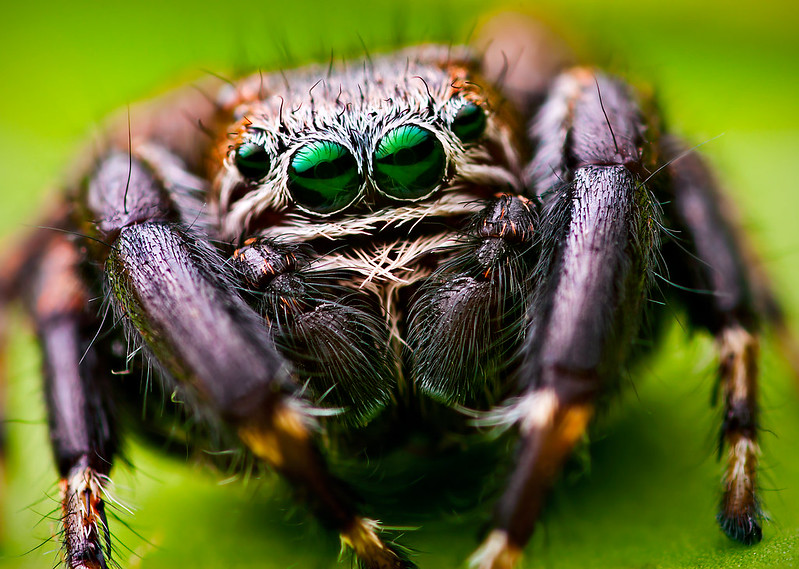
Though they both belong to the phylum Arthropoda, spiders and insects are classified into entirely separate biological classes, reflecting distinct evolutionary lineages. Spiders are members of the class Arachnida, a group that also includes scorpions, mites, and ticks. In contrast, insects are part of the class Insecta, which comprises the most diverse group of animals on Earth, from beetles and butterflies to ants and bees.
This taxonomic separation is the result of hundreds of millions of years of independent evolutionary development. Fossil records suggest that arachnids and insects diverged from a common arthropod ancestor over 450 million years ago, adapting to different ecological niches and environmental pressures along the way.
Key Differences Between Spiders and Insects
Though spiders and insects both belong to the arthropod phylum, they differ in several key anatomical features that reflect their separate evolutionary paths. One of the most obvious differences is the number of legs: spiders have eight legs arranged in four pairs, while insects have six legs arranged in three pairs. This trait alone places spiders in the class Arachnida and insects in Insecta.
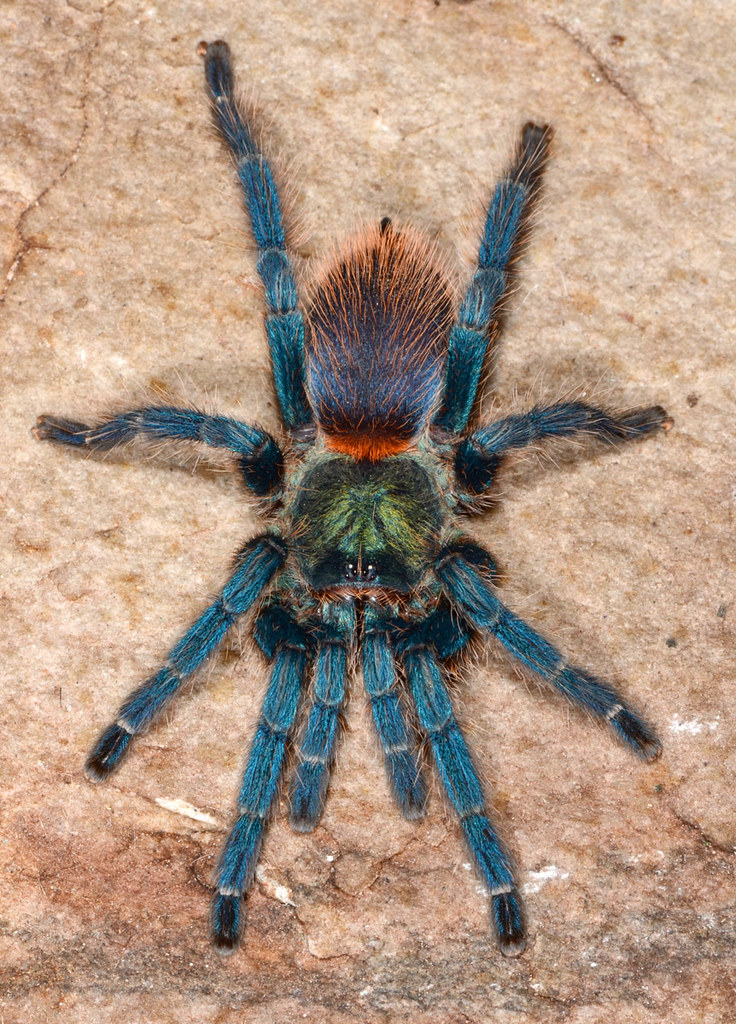
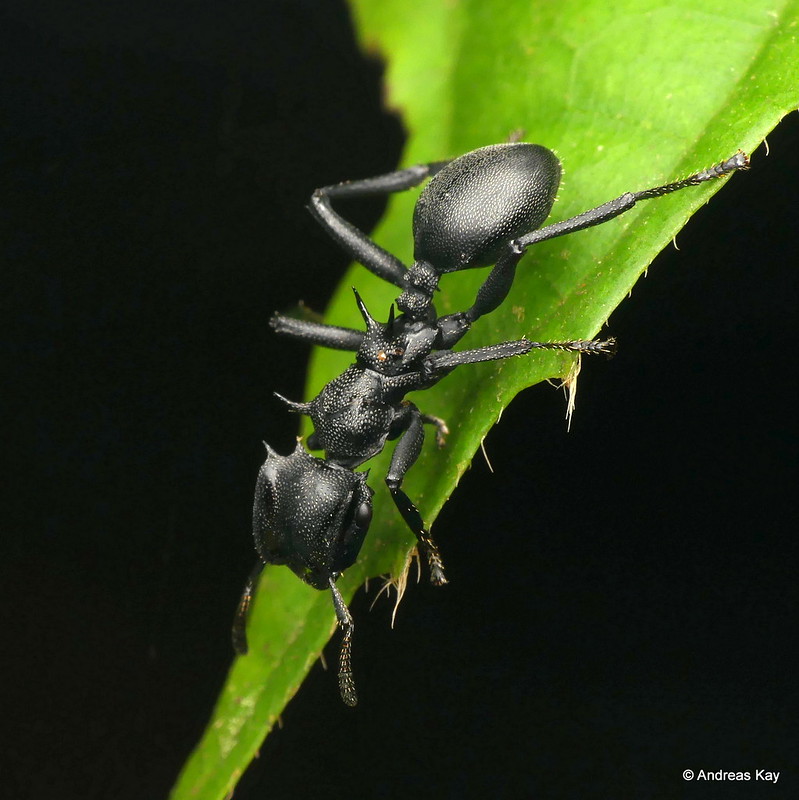
Another distinction lies in body segmentation. Spiders have two main body sections: the cephalothorax, which combines the head and thorax into a single unit, and the abdomen. Insects, by comparison, have three distinct segments: head, thorax, and abdomen, each serving specialized roles in movement, feeding, and sensory function.
Spiders also lack antennae, while insects typically possess one pair of antennae used for sensing vibrations, chemicals, and movement in their surroundings.
In terms of mobility, spiders do not have wings, whereas many insect species possess wings for flight, dispersal, and escape. Even wingless insects often descend from winged ancestors.
When it comes to vision, spiders usually have eight simple eyes that detect light and motion with limited clarity. Insects generally have two large compound eyes, offering a wide field of vision and the ability to detect motion, shapes, and in many cases, color.
These fundamental differences illustrate just how diverse and specialized spiders and insects truly are within the arthropod world.
Their Evolutionary Background
Spiders and insects both evolved from a common ancestor within the phylum Arthropoda, a group that emerged over 500 million years ago during the Cambrian explosion. This ancestral arthropod likely resembled modern-day onychophorans (velvet worms) or lobopodians, a primitive, segmented invertebrates with simple limbs and soft bodies. From this ancient lineage, arthropods diversified rapidly into distinct evolutionary branches.
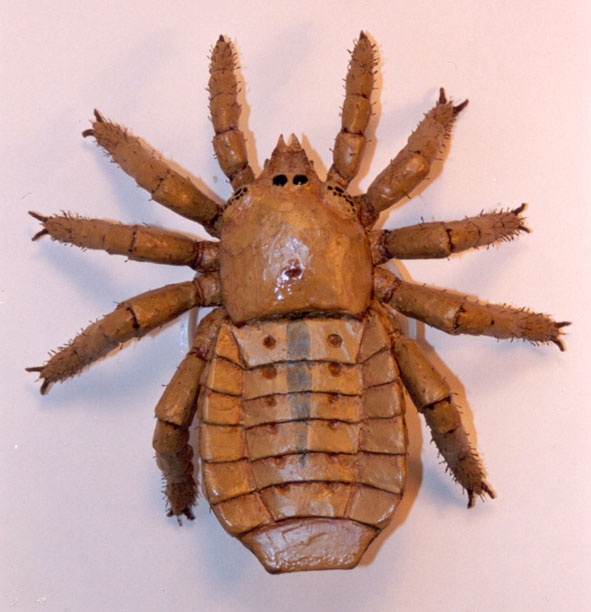
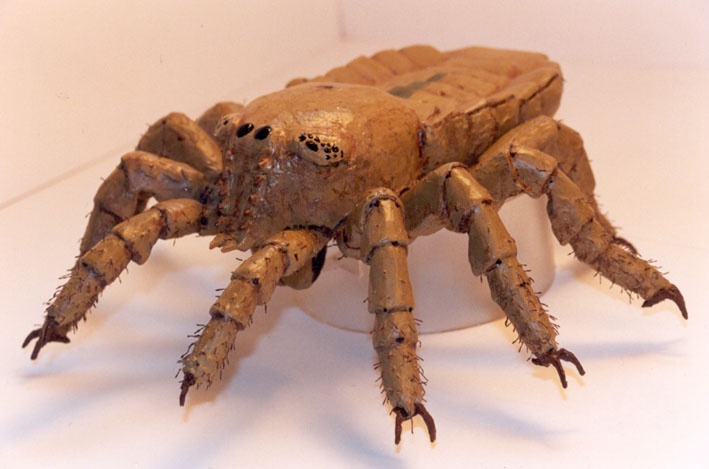
Trigonotarbid – Geology and Geophysics Department of University of Aberdeen
The line that led to spiders split early on, giving rise to the class Arachnida, which also includes scorpions, mites, and ticks. Fossil evidence of early arachnids, such as trigonotarbids, dates back over 420 million years, showcasing creatures that resembled spiders but lacked silk-spinning abilities. True spiders appeared around 300 million years ago, already equipped with spinnerets and venom glands.
In contrast, insects evolved separately within the class Insecta, with fossil records like the ancient Rhyniognatha, possibly the earliest known insect, dating back over 400 million years. Unlike arachnids, insects adapted to environments that favored flight, metamorphosis, and complex sensory systems.
Though they share a distant common ancestor, spiders and insects have followed distinct evolutionary paths, shaped by environmental pressures and adaptive needs. Their divergence explains the profound differences in anatomy, behavior, and classification seen today.
FAQ: How Spiders Are Different From Insects
Are spiders considered insects ?
No, spiders are not insects. They belong to a separate class called Arachnida, while insects are classified under Insecta. Though both are arthropods, they are biologically distinct.
Why do people confuse spiders with insects ?
Spiders and insects are both small, have exoskeletons, and are commonly found in similar environments, leading to confusion. However, their body structures and classification are very different.
How are spiders different from insects ?
Spiders have eight legs, two body segments, and no antennae. Insects have six legs, three body segments, and usually one pair of antennae. Many insects also have wings, while spiders do not.
Do spiders and insects share the same ancestor?
Yes, both evolved from a common arthropod ancestor over 500 million years ago. However, their evolutionary paths split early, resulting in very different classes.
Are all arachnids spiders?
No. Spiders are one type of arachnid. Other arachnids include scorpions, ticks, mites, and harvestmen.
What Sets Spiders Apart
Understanding that spiders are arachnids, not insects, opens the door to appreciating the incredible diversity within the arthropod phylum. While they may share some traits, spiders and insects have followed separate evolutionary paths, resulting in distinct forms, functions, and ecological roles. From web-building predators to agile hunters, spiders play a vital role in maintaining the balance of ecosystems around the world.
Curious to explore more about other insects ? Dive into our other articles covering a wide range of insect related topics. Whether you’re a casual reader or a budding entomologist, there’s always more to discover in the miniature world beneath our feet.
